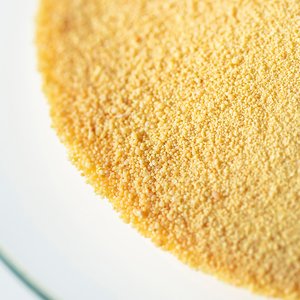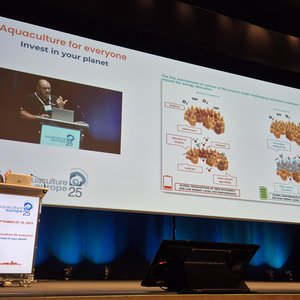Over the last ten years, an overwhelming number of new products, which all claim to improve the performance of fish or shrimp or improve their disease resistance, are entering the aquaculture market. In order to prove or verify the effectiveness of a new (functional) feed or new feed additive (FA), it is necessary to set up well-designed scientifically-based lab or field trials. It is necessary to create an experimental setup, where all controllable variables are kept equal among the different treatments except the one being tested.
The 90-page manual A practical guide for setting up correct feed and feed additives trials in fish and shrimp by Serge Corneillie defines the different critical factors in setting up scientifically-based trials to validate the benefits of new feed or feed additives in fish and shrimp.
In the first chapter, the manual focuses on the trial objectives and the trial hypothesis. The second chapter describes the way to correctly set up the different replicates of each treatment group. There is a special focus on how to set up fish identical in genetical origin in each replicate and the importance of having replicates with average start weights as close as possible. The manual looks at the different parameters (pre-adaptation to the new diets, sex ratio, minimum trial length, feeding frequency, photoperiod, etc.) that need to be controlled to create identical conditions between the different experimental groups. Clear distinctions are made between setting up trials in small tanks/aquaria and the challenge in setting up relevant trials in large cages/ponds.
In the third chapter, the book describes the same points as in the second chapter but for the setup of shrimp trials in tanks and large ponds and discusses the differences with fish trials. In the fourth chapter, all the different water quality and performance parameters that need to be monitored and measured are presented. Finally, a way to construct feeding tables based on growth ration analysis is explained.
In chapter 5, the five different levels of immune response in fish and shrimp are explained together with the different immune parameters that can be measured to evaluate the effect of a new feed or feed additive on the immune responses. In the last chapter, some histological data and microbiota that can be compared between the different treatment groups are briefly discussed.
Finally, in the appendix, the manual presents an example of a professional protocol for shrimp and fish trials.
For more information and to purchase a copy, contact Serge Corneillie, sergecorneillie@gmail.com.










